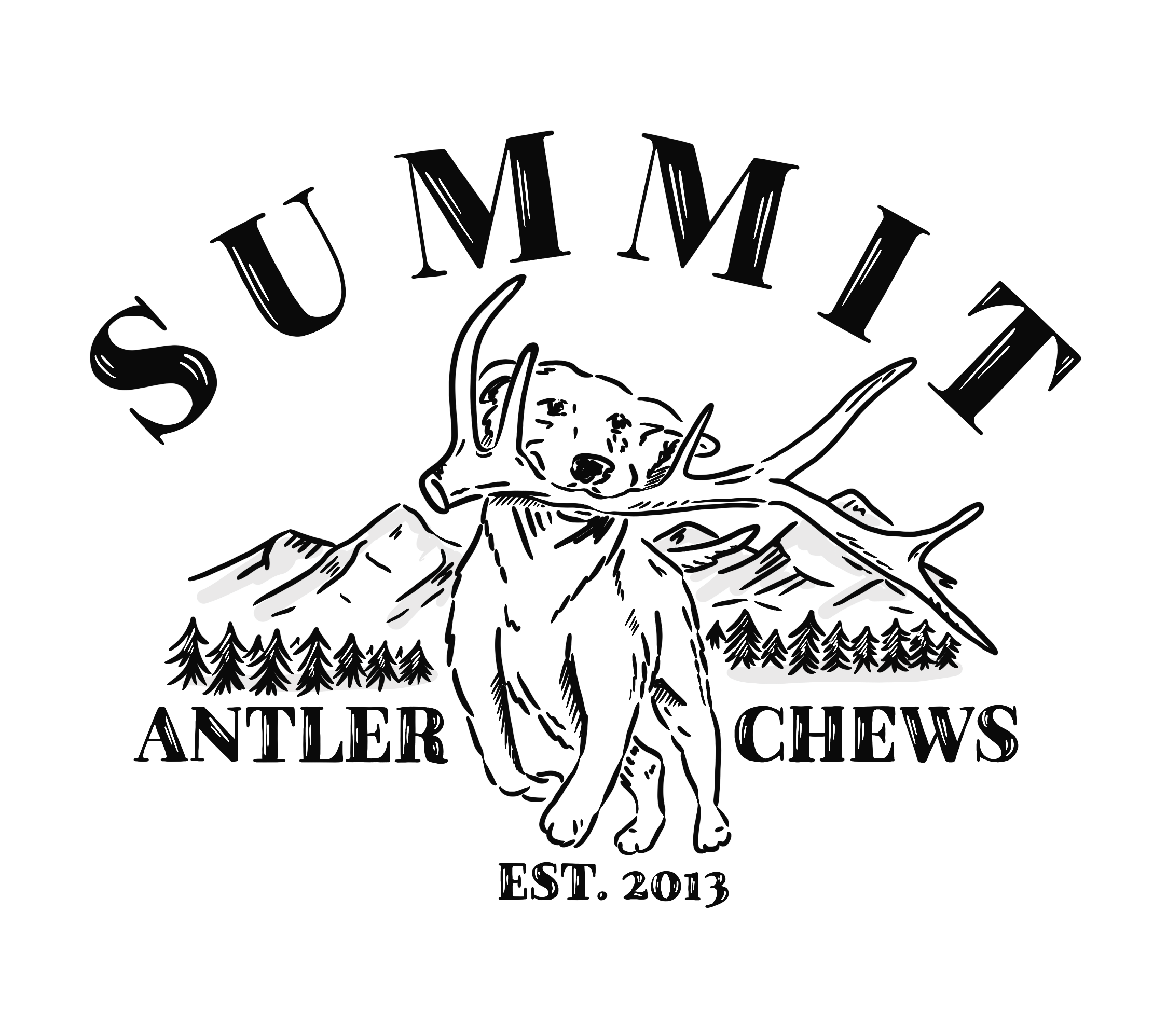Yak cheese chews for dogs, often marketed as "Himalayan dog chews" or "yak milk chews," are a popular and long-lasting treat for dogs. These chews are typically made using a simple and traditional process. Here's how they are typically produced:
1. Milk Collection: Yak cheese chews are primarily made from the milk of yaks, a large, shaggy-haired animal found in the Himalayan region. Yak milk is rich in protein and low in lactose, making it suitable for dogs with lactose sensitivities.
2. Boiling and Skimming: The collected yak milk is first heated and boiled. During this process, the milk is stirred continuously to prevent it from burning. As the milk heats up, the fat and protein components separate from the whey.
3. Separation: After boiling for several hours, the milk separates into curds and whey. The curds contain most of the protein and fat and are the primary raw material for making the chews.
4. Straining and Pressing: The curds are strained and then pressed to remove any remaining whey. This results in a solid mass of cheese-like material.
5. Shaping: The cheese mass is then shaped into various forms, often into dense, hard chews or sticks. These shapes can vary in size and thickness, catering to different dog sizes and chewing preferences.
6. Air Drying: The shaped cheese chews are left to air dry for several weeks. This drying process helps remove moisture from the chews, making them hard and long-lasting.
7. Quality Control: Quality control is an essential step in the production process. The chews are inspected for consistency in texture, size, and overall quality.
8. Packaging: Once the chews are properly dried and meet the quality standards, they are packaged for distribution and sale.
It's worth noting that the quality of yak cheese chews can vary depending on the manufacturer. Some brands may add additional ingredients or flavorings to enhance the taste and appeal to dogs. However, traditional yak cheese chews should consist primarily of yak milk curds without any artificial additives.
These chews are popular among dog owners because they are hard and long-lasting, providing dogs with a satisfying chewing experience. Additionally, they are generally considered a natural and healthy treat option for dogs. As with any dog treat, it's essential to monitor your dog while they enjoy these chews and ensure they don't swallow large pieces or break off chunks that could pose a choking hazard.





























